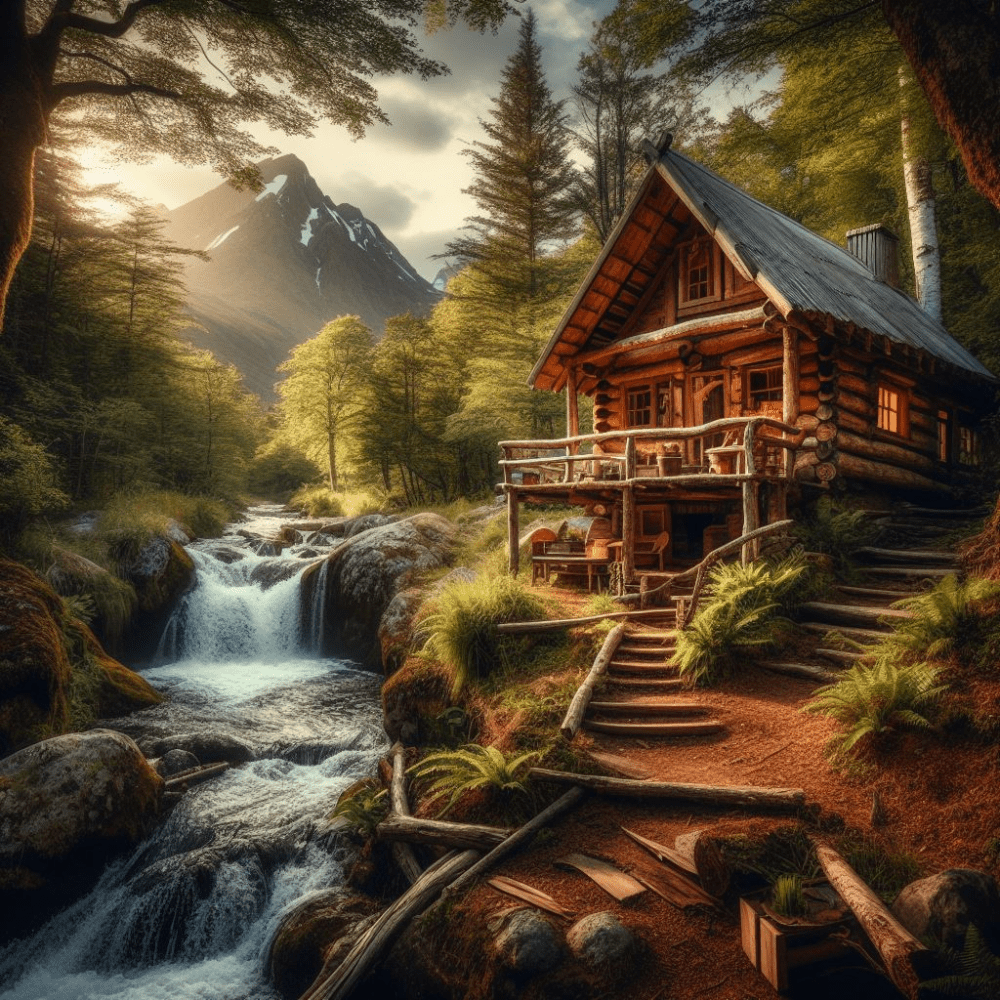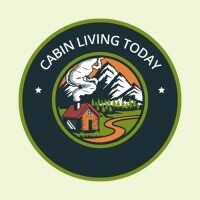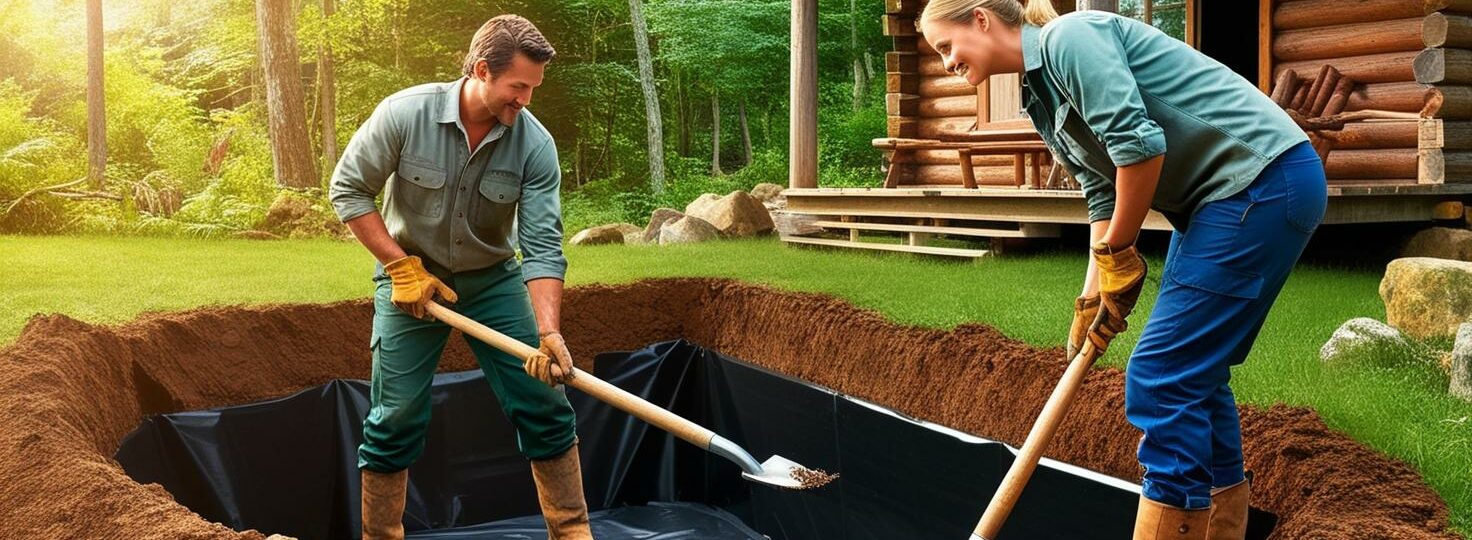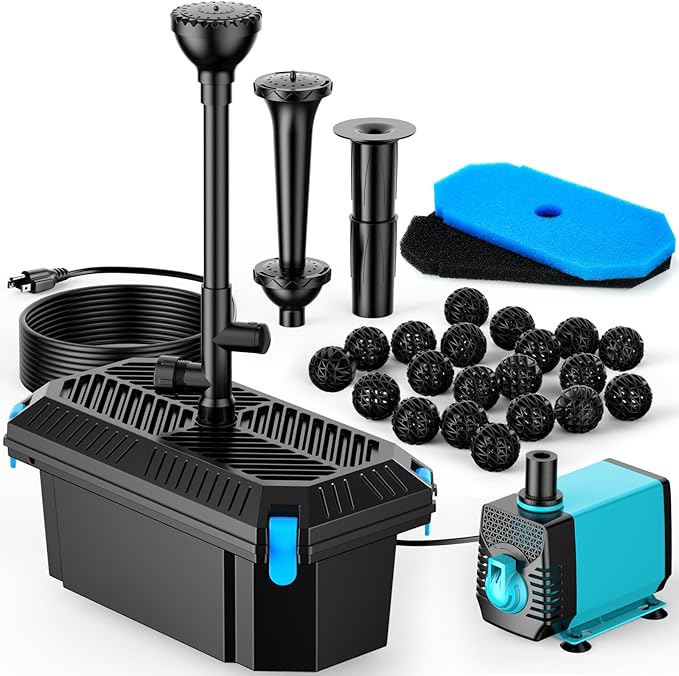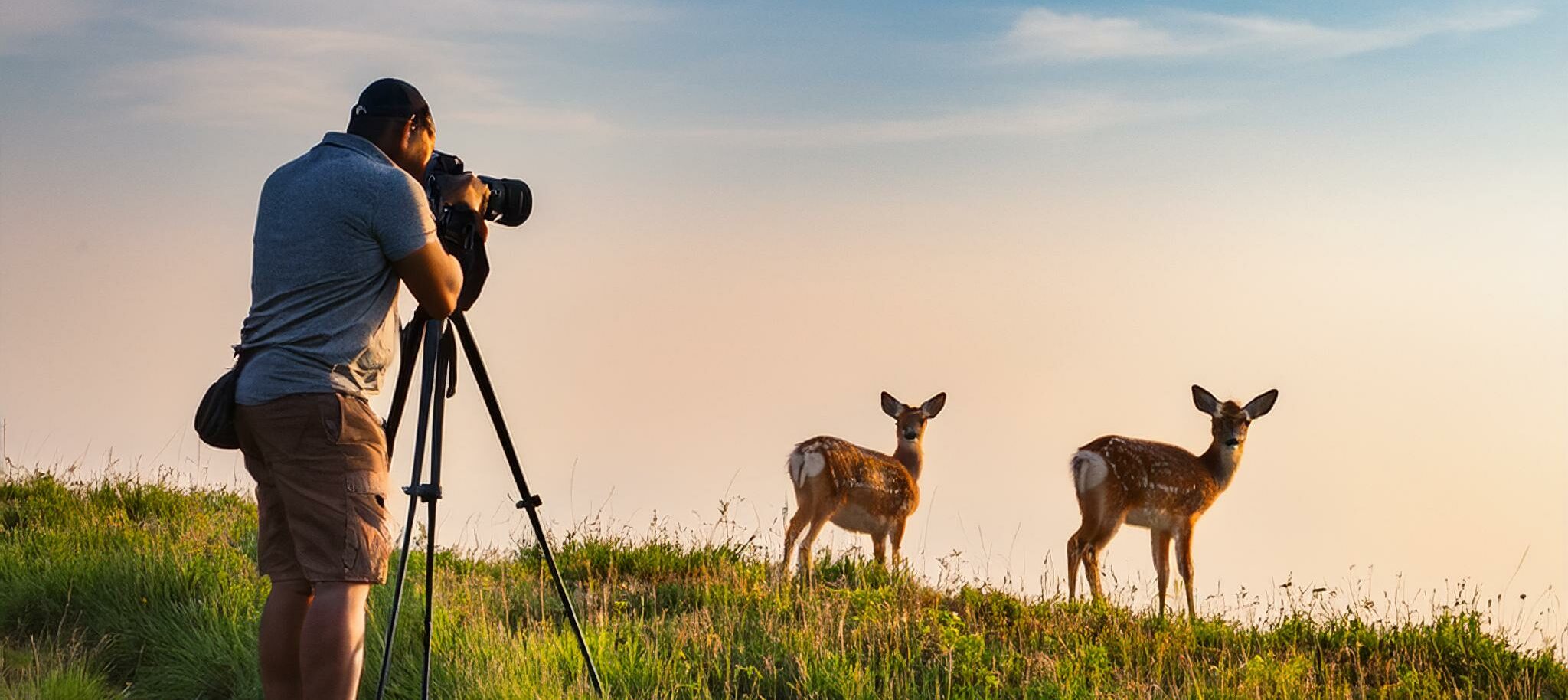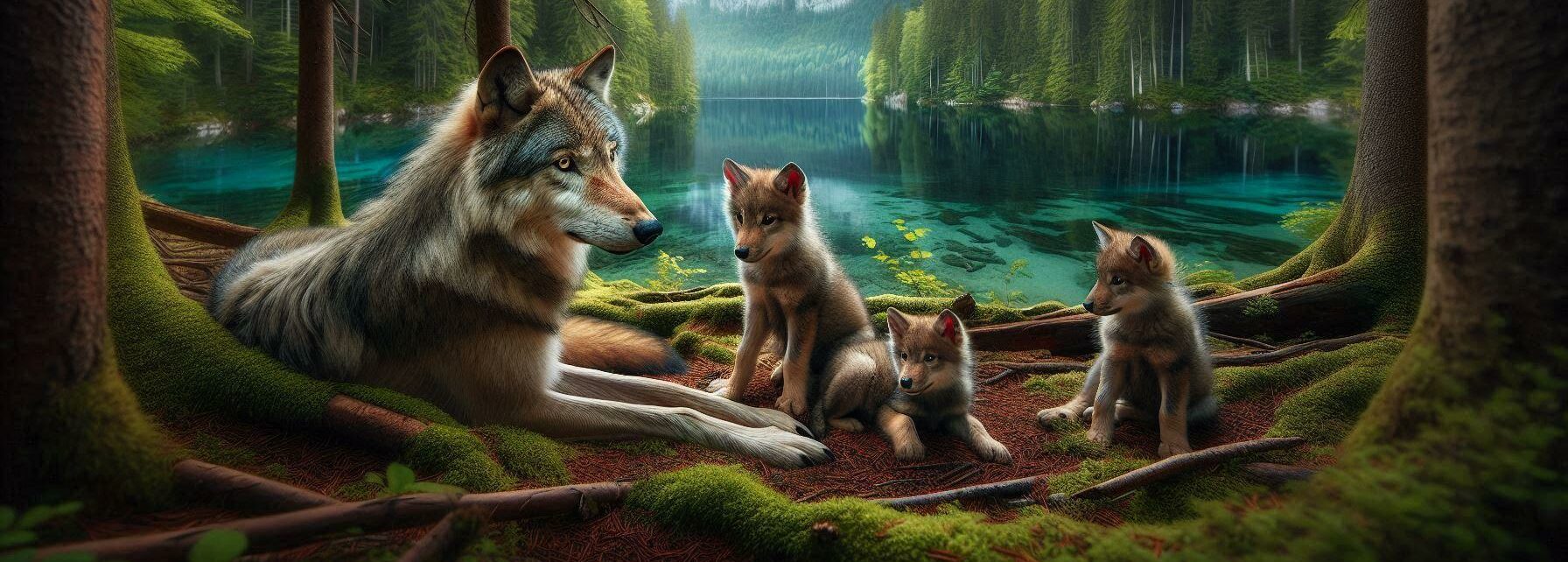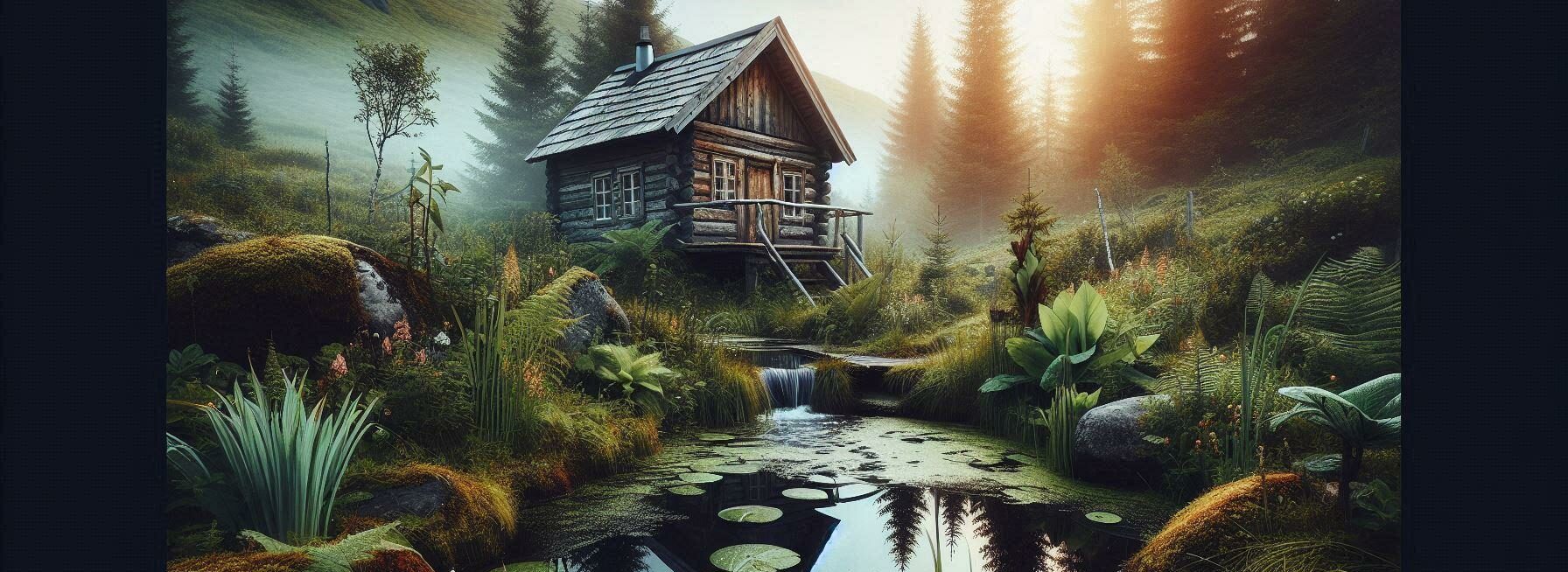Picture a peaceful retreat where nature’s wonders come alive right at your doorstep. A wildlife pond can transform your cabin’s surroundings into this dreamscape, offering numerous ecological benefits too. Think of it as building a mini-ecosystem that supports diverse life forms, from plants to insects and birds.
Creating a pond near your cabin isn’t just about looks; it plays a critical role in conservation. Such ponds provide essential habitats for amphibians like frogs and newts and attract colorful dragonflies and butterflies, enriching the area with vibrant life. It’s all about blending aesthetics with purpose, allowing you to enjoy nature while doing your bit for environmental health.
Biodiversity might sound like a grand concept, but it’s really about creating an environment that supports various life forms. Small water bodies like ponds are incredibly important for maintaining ecological balance. They offer food and shelter to wildlife, supporting the lifecycle of many species which, in turn, helps pollinate plants and control pests.
Before you grab a shovel, though, there are some rules to keep in mind. Regulations and permissions vary depending on your location, so check local environmental laws and guidelines. These rules ensure conservation efforts are beneficial and sustainable. Reach out to your local wildlife authority to get a clear picture of what’s required in your area.
Designing Your Perfect Wildlife Pond: Creative Tips and Techniques
When it comes to building your wildlife pond, location is everything. You’ll want a spot that gets a nice amount of sun—six hours a day is ideal—since sunlight helps plants grow and keeps the water temperature just right for different critters. Don’t forget to check your soil type too. Sandy soils might need a liner, while clay can sometimes hold water well enough on its own.
Designing your pond with wildlife in mind means thinking about features that cater to a wide range of animals. Shallow edges are a must-have so frogs and other amphibians can easily access the water. Incorporate varying depths to support different aquatic plants and creatures. Toss in a combination of submerged, floating, and emergent plants to create the perfect habitat.
Native plants are the way to go. They’re adapted to your local climate and provide the best food and shelter for local species. Do a little research on what grows in your region. Options like cattails, lilies, and soft-stemmed bulrush can enhance biodiversity and add beautiful layers to your pond design.
Besides functionality, consider aesthetics. Natural features such as rocks and logs give critters places to hide and look pretty good, too. Think about adding a small solar pump to keep the water moving. It helps oxygenate the pond, preventing stagnant water that can become a breeding ground for mosquitoes. Plus, that gently flowing water adds a serene vibe to your outdoor space.
Constructing a Wildlife Pond: Step-By-Step Guidelines
Ready to roll up your sleeves? Building a wildlife pond might sound daunting, but breaking it down into steps makes it totally manageable. Start with a clear list of materials—think liners, pumps, and maybe a filter. These tools ensure your pond functions well and looks great.
Digging is where the fun begins. Sketch out the shape and size ahead of time and mark the area with stakes and string. Keep those edges shallow for easy access for small critters. Digging a few different levels works wonders for supporting a variety of pond life.
When picking out a pond liner, the thicker the MIL the better. Here is a 15 x 20 foot liner that is a good start for you. CLICK ON THE PHOTO FOR MORE INFORMATION:
Next, line it up. Lining your pond helps retain water and prevent seepage. Get friendly with your liner material by draping it loosely to match the pond’s shape, allowing some give when the water’s added later. Always remember to secure it well on the edges with stones or bricks.
Time for water! Fill your pond slowly to prevent disturbing the liner. Rainwater’s best since it’s chemical-free, but if you’ve only got tap water, let it sit to allow chlorine to evaporate before you bring in the wildlife.
Keeping things eco-friendly means watching out for harmful toxins right from the get-go. Stay clear of building materials that leach chemicals or using fertilizers and pesticides near the pond area. Nature-friendly options are readily available and keep the ecosystem safe.
Common mistakes? Going too big or having steep sides are typical slip-ups. Stick to a manageable size and a gradual slope. That way, maintenance won’t become a hassle and it’ll be safer for animals venturing in and out. If you hit snags, patience and a bit of creative problem-solving often lead to ingenious solutions.
Sustaining a Thriving Wildlife Pond: Maintenance and Monitoring
Consistency is key when it comes to maintaining your wildlife pond. Regular pond care is essential to keep everything in balance. Checking water quality should be at the top of your list. Test kits can help you monitor pH levels and nutrient content. Clean out debris periodically to prevent water from becoming stagnant.
Here a nice looking system to help keep your pond water fresh. It even comes with a small fountain that aerates the water. The description also comes with a video that shows what the system looks like when turned on. TAKE A LOOK BY CLICKING THE PICTURE BELOW.
As your pond evolves, you’ll notice new visitors. Birds, amphibians, and insects will slowly populate the area, turning it into a bustling little community. Observing these changes can be incredibly rewarding. It’s all about patience and enjoying the process as your pond attracts more wildlife.
Tackling potential issues promptly will save you headaches down the road. Algae blooms might pop up if nutrient levels get out of whack. Natural solutions like barley straw pads or small water aerators can help. Keep an eye out for invasive species as well. Remove any non-native plants or animals to protect the local ecosystem.
Community involvement doesn’t hurt either. Invite neighbors to share insights or even help with maintenance tasks. Educating them about the benefits and roles of your pond can foster a sense of community around this joint effort. A well-informed group shelters your pond from potential problems, ensuring that nature’s haven at your doorstep thrives beautifully.
